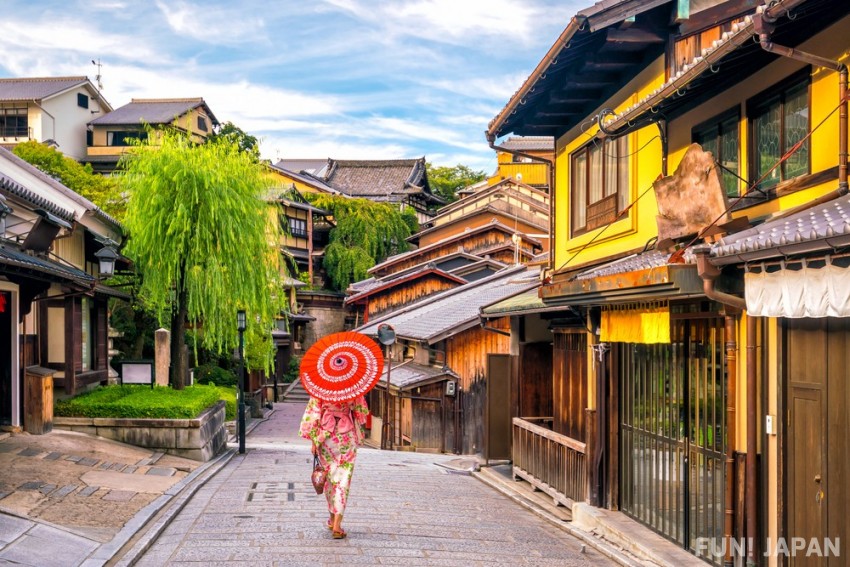
Situated along the base of Kyoto’s mountains in the east, Higashiyama is one of the best-preserved traditional districts with historic, perfectly preserved streets filled with old wooden Japanese buildings. This area is filled with traditional style houses, shops and restaurants, and is known for oozing traditional Kyoto culture. We’ll discuss the district in more detail with some interesting spots to see.
Old Kyoto in the Higashiyama District
Higashiyama district is one of the smaller special wards of Kyoto. The ward’s boundary to the north stops at Sanjou Street, and to the south, Juujou Street, and is surrounded by the Kamo River and the Higashiyama mountain range, which gives meaning to it name, translated into English as “Eastern Mountain District”.
While many of these shops have changed their interior designs, building codes in the district dictate that the original designs for the front of the shops be kept, making it the perfect place to walk around in a yukata and take some snappy Instagram photos.
The Higashiyama District was incorporated in 1929 as a ward of Kyoto when it was broken off from Shimogyou Ward. As the district has restrictions against modern looking developments, wanting to keep it’s traditional feel, the population continues to decrease and age.
It has the lowest population of any of the wards in Kyoto and decreases more and more each year. This population mainly lives in the western part of the ward in the residential areas. In the east is a beautiful area covered with foliage and forest. To the north is the commercial district of the area, and finally the south consists of the “fun” part of the Higashiyama District, with Kyoto’s main Geisha district and the the lovely sightseeing spots.
Take a Stroll Around Southern Higashiyama
While most of Higashiyama District has modernized with time, they keep their traditional roots in Southern Higashiyama on a street between Kiyomizudera and Yasaka Shrine. Exploring Southern Higashiyama on foot is the way to go.
You can start out at the Gion area, Kyoto’s Geisha district, and make your way up to the preserved historic streets, losing yourself in the atmosphere of the old capital. The vast temple grounds at each end of the street, rich with Japanese history, are yours to enjoy as you wander around the area.
One of the preserved streets, Ninen-zaka, is home to the famous Kyoto Starbucks. This Starbucks has styled itself after traditional Japanese ryokan, while keeping its signature green color and western-style coffee drinks. Walking through the noren at the entrance, picking up your usual Caramel Frappuccino and sitting on a traditional tatami mat floor in a house that used to host Geisha is something you can only do in Southern Higashiyama.
If sipping on your favorite Frappuccino isn’t your thing, you can always pick up some era-appropriate food from food vendors selling out of their wooden houses on the main streets or grab some local sweets from the many candy shops lining the boulevard.
Higashiyama Jisho-ji's Silver Pavilion
When traveling to Kyoto, visiting shrines and temples are a must do and Higashiyama Jisho-ji, also known as Ginkaku-ji, is another beautiful shrine to visit. Completed in 1490, the temple was going to be used as a resting place for the shogun, Ashikaga Yoshimasa, when he retired.
Sadly, he died before the completion of the temple, and it was converted into a Zen temple in his honor. The unfinished state of the temple, even though it was restored in 2008, is said to be the same as it was when the shogun last laid eyes on it. This style of incompleteness in Japan is known as “wabi-sabi” and is apart of Buddhist teachings.
Higashiyama Jisho-ji remains as one of the buildings that truly represents the Higashiyama Culture of the Muromachi period, when the shogun ruled the area. You can tour the temple for 500 yen for adults, and 300 yen for children most days of the year. IT is open every day from 9:30am until 4:30pm in the Winter and from 8:30am until 5:00pm in the Summer season. The silver pavilion is a golden opportunity to see one the greatest and most well preserved temples of ancient Kyoto.
Spot information
- Spot name: Higashiyama Jisho-ji (Ginkaku-ji)
- Street address: 2 Ginkakujicho, Sakyo, Kyoto, Kyoto 606-8402
- Access: 35 - 40 minutes from Kyoto Station by Bus number 5, 17 or 100
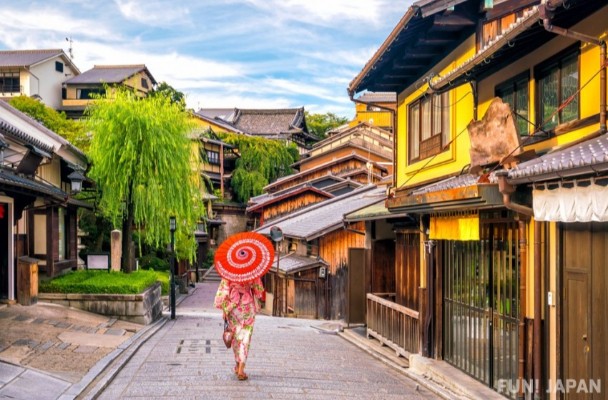
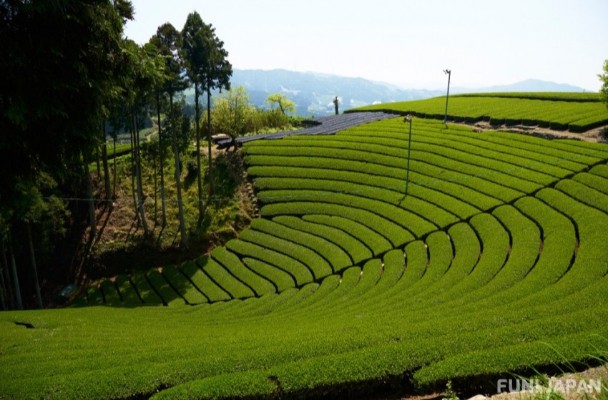
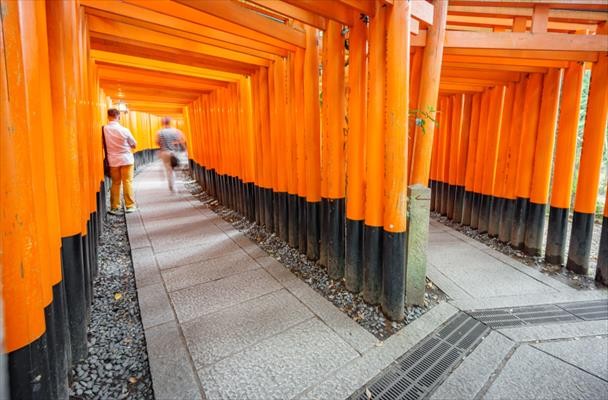

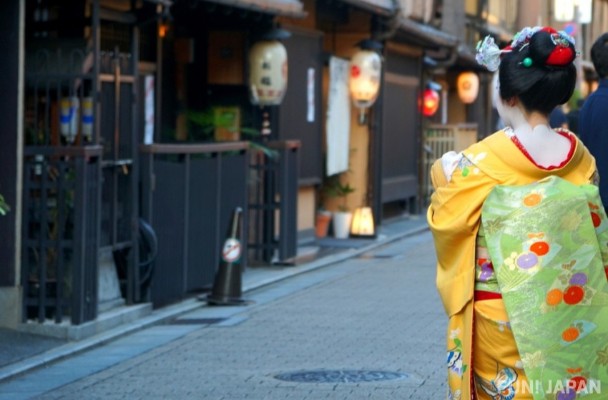
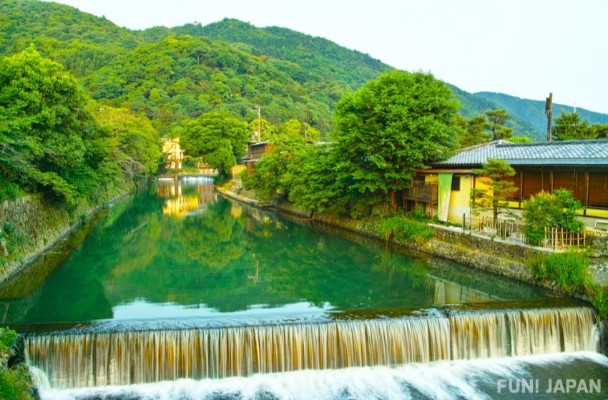
Comments